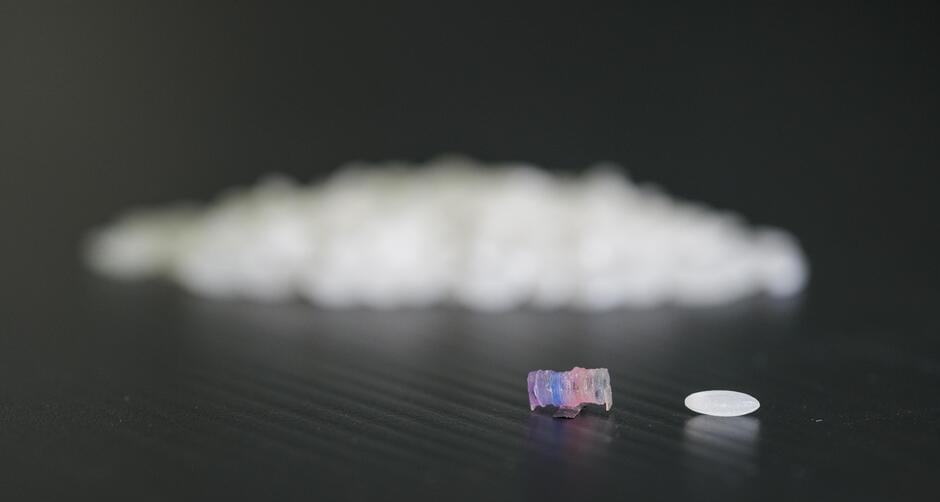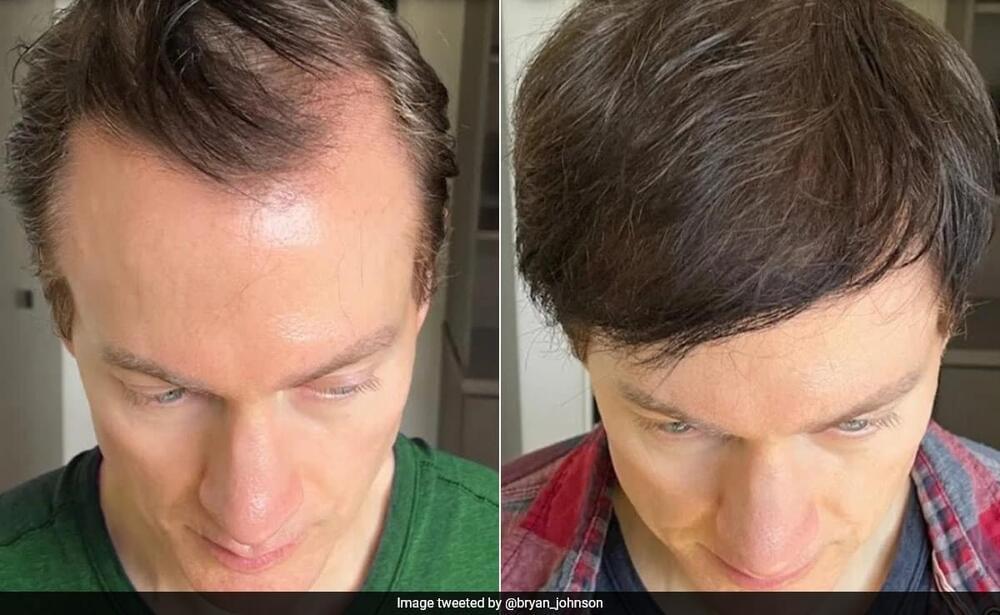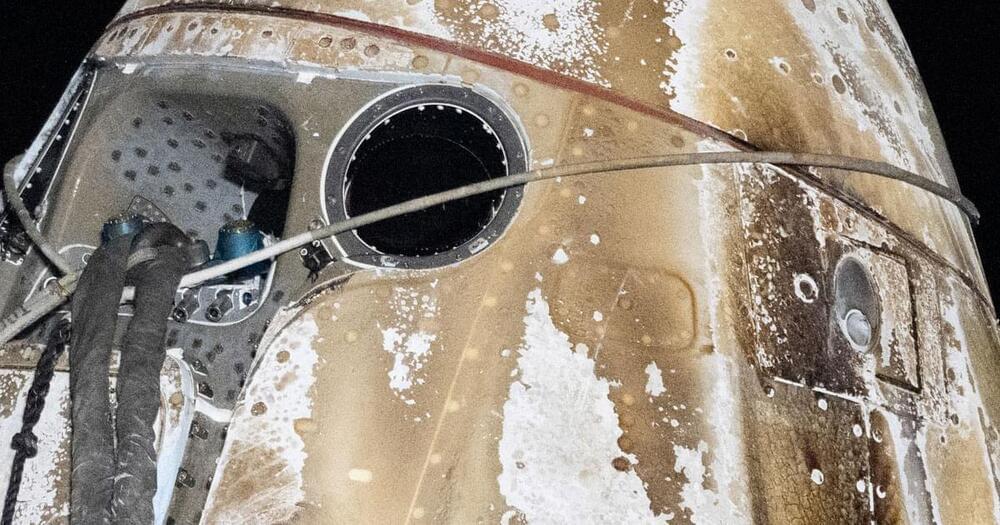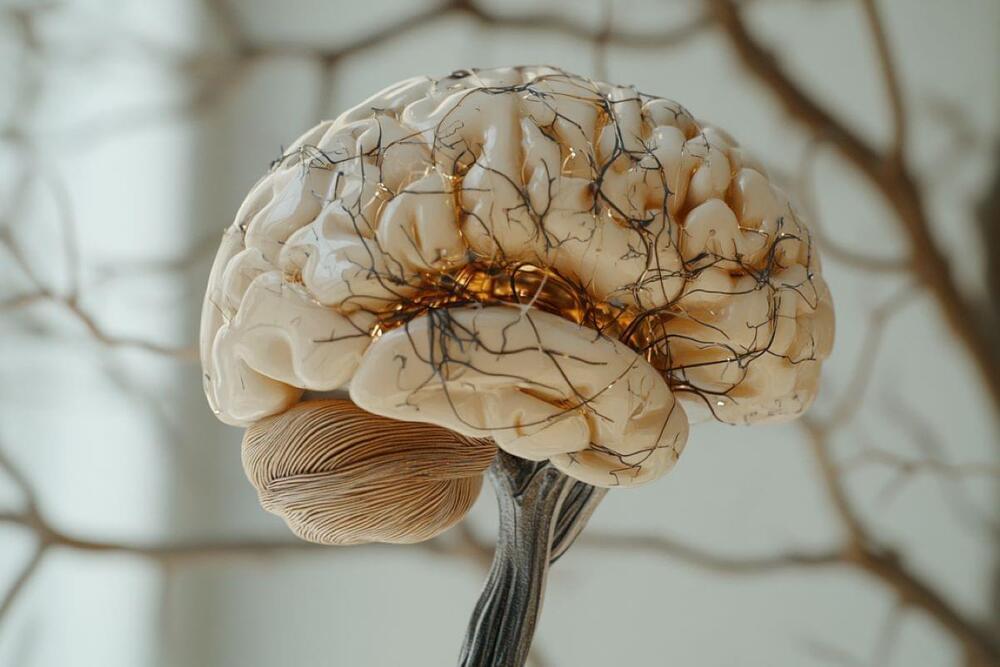If you’re ever faced with trying to pick up a grain of rice with a pair of chopsticks, spare a thought for the scientists behind this latest innovation, which has been called “a medical breakthrough on the verge of happening.” They’ve painstakingly built a soft robot with the capacity to carry different types of drugs through the body. It’s the size of a grain of rice, and can be driven to various internal targets via magnetic fields.
Researchers in the School of Mechanical and Aerospace Engineering (MAE) at Nanyang Technological University, Singapore (NTU Singapore), have built on earlier work to create a grain-sized soft robot that can enter the body and be controlled by magnetic fields to travel to a specific target. Once there, it can quickly or slowly release the medication it has stored in its tiny frame.









